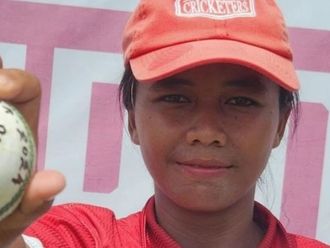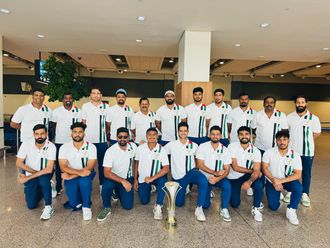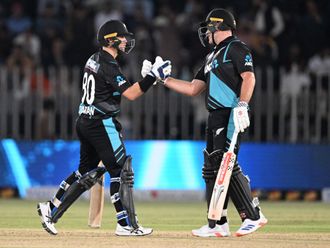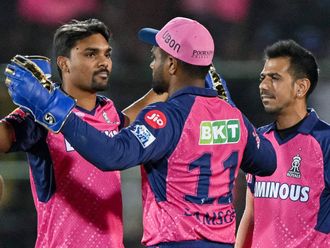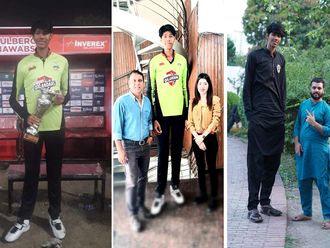Mohali: India skipper Virat Kohli dismissed ball-tampering claims on Friday after footage showed him sucking a sweet and shining the ball — following a similar case involving South Africa’s captain.
Kohli said the allegations, aired by media, were intended to take the focus off India’s Test series with England, where the hosts are 1-0 up after two matches.
Ball-tampering has been a hot issue this week after Faf du Plessis strongly disputed his conviction in the ‘Mintgate’ row during South Africa’s Test series in Australia.
“It’s just that some people are trying to take the focus away from the series and good luck to them,” said Kohli, in his first response to the ball-tampering claims.
“We are just focused on what we have to do.
“It happened in Australia when South Africa won the series. I’m surprised the issue, of what I’ve been told, came up in Rajkot but there was no mention of it until the game was over in Vizag.
“To me a newspaper article doesn’t matter over the decision of ICC. We as cricketers respect that only.”
The pictures of Kohli were from the first Test in Rajkot, meaning they fell outside the five-day window for the International Cricket Council to take action.
Du Plessis on Friday said he was appealing his conviction for ball-tampering, an announcement which drew immediate criticism by the world body.
The South African argues that shining the ball cannot be construed as ball-tampering, and that the benefits of sweetened saliva are unclear.
Previous ball-tampering cases have involved the use of dirt, fingernails and bottle-tops to rough up the ball and alter its flight.
Du Plessis has won sympathy from several players including Australia captain Steve Smith and England’s Chris Woakes, who said it was a “grey area” as players commonly have sweets and sweetened drinks on the field.
“I think (Chris) Woakes summed up quite nicely yesterday actually. It is a bit of a grey area at the moment,” England captain Alastair Cook said on Friday.
“I actually haven’t quite studied the facts closely in terms of whether taking the sweet straight to the ball kind of with the saliva, or was he just having a lolly in his mouth.”
He added: “I think the players now after the last 10 days are just looking to the ICC to clarify what is acceptable what is not acceptable.”
Cook also played a straight bat when asked whether sweetened saliva is better for shining the ball, saying he doesn’t know “whether it helps or not”.
But Kohli did give a nod of approval to the Decision Review System, after the national team used it for the first time in a home series following years of resistance to the technology.
Kohli described the DRS as “pretty fair” after the first two Tests against England in Rajkot and Visakhapatnam.
India had for years resisted using the DRS over doubts about its reliability following a frustrating trial run in 2008, despite the nine other Test teams adopting the technology years ago.
But the International Cricket Council recently said it had made upgrades to the technology, prompting India to give it another trial run.
“Ya, am pretty happy with it ... I think it is pretty fair for the game,” Kohli said.
But he added that it was too early to pass final judgement on the technology.
“I think we need to have a bit more patience with that particular aspect ... We will analyse over a period of 12 months as to how we have used it,” he said.
India’s World Cup-winning captain Mahendra Singh Dhoni and batting great Sachin Tendulkar have for years voiced scepticism over the technology.
The DRS comprises three main elements — a ball-tracking technology known as ‘Hawkeye’; a high-audio microphone known as ‘snicko’, which detects the sound of a ball grazing the bat or gloves; and ‘hotspot’ thermal imaging which can also determine where a ball makes contact.


